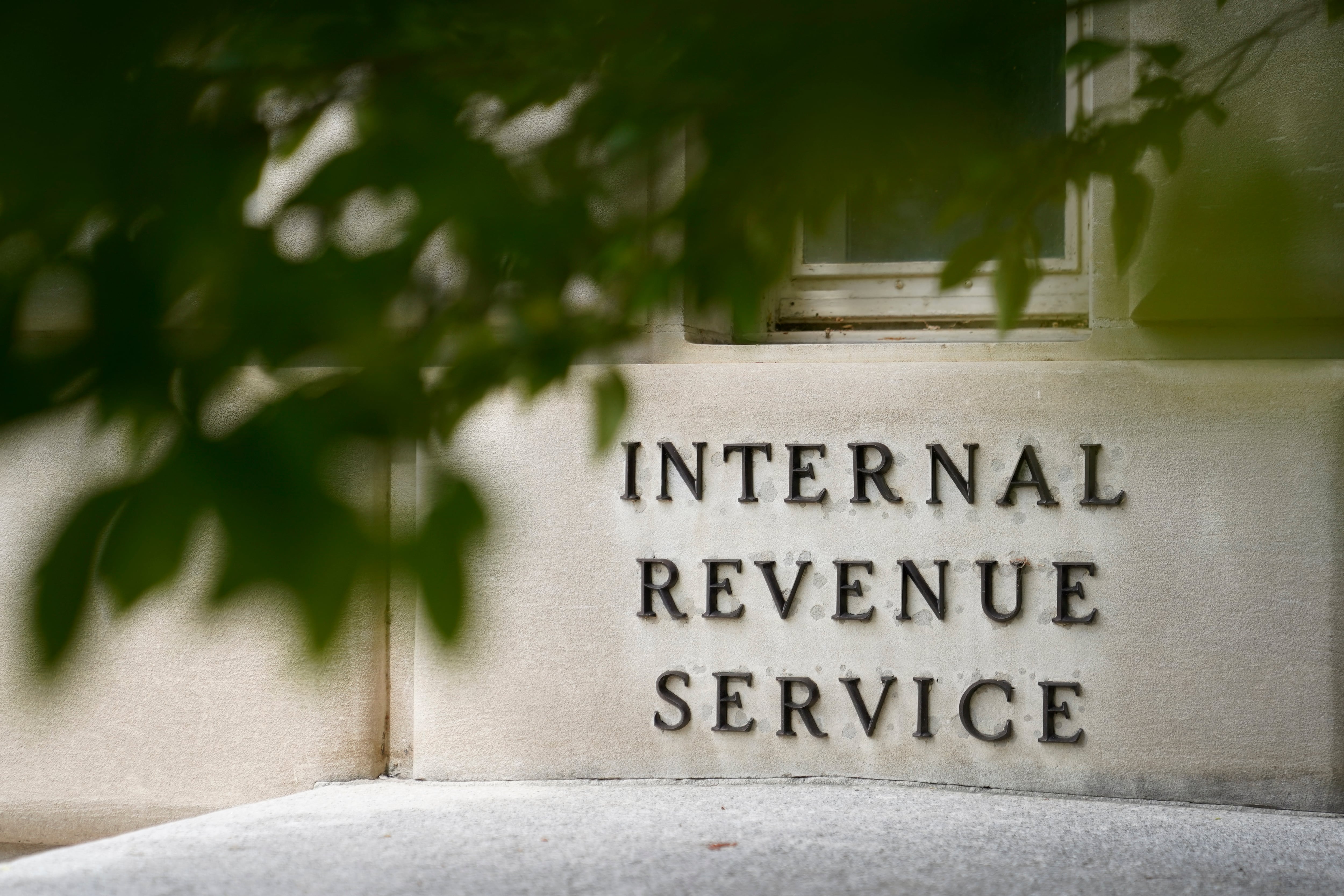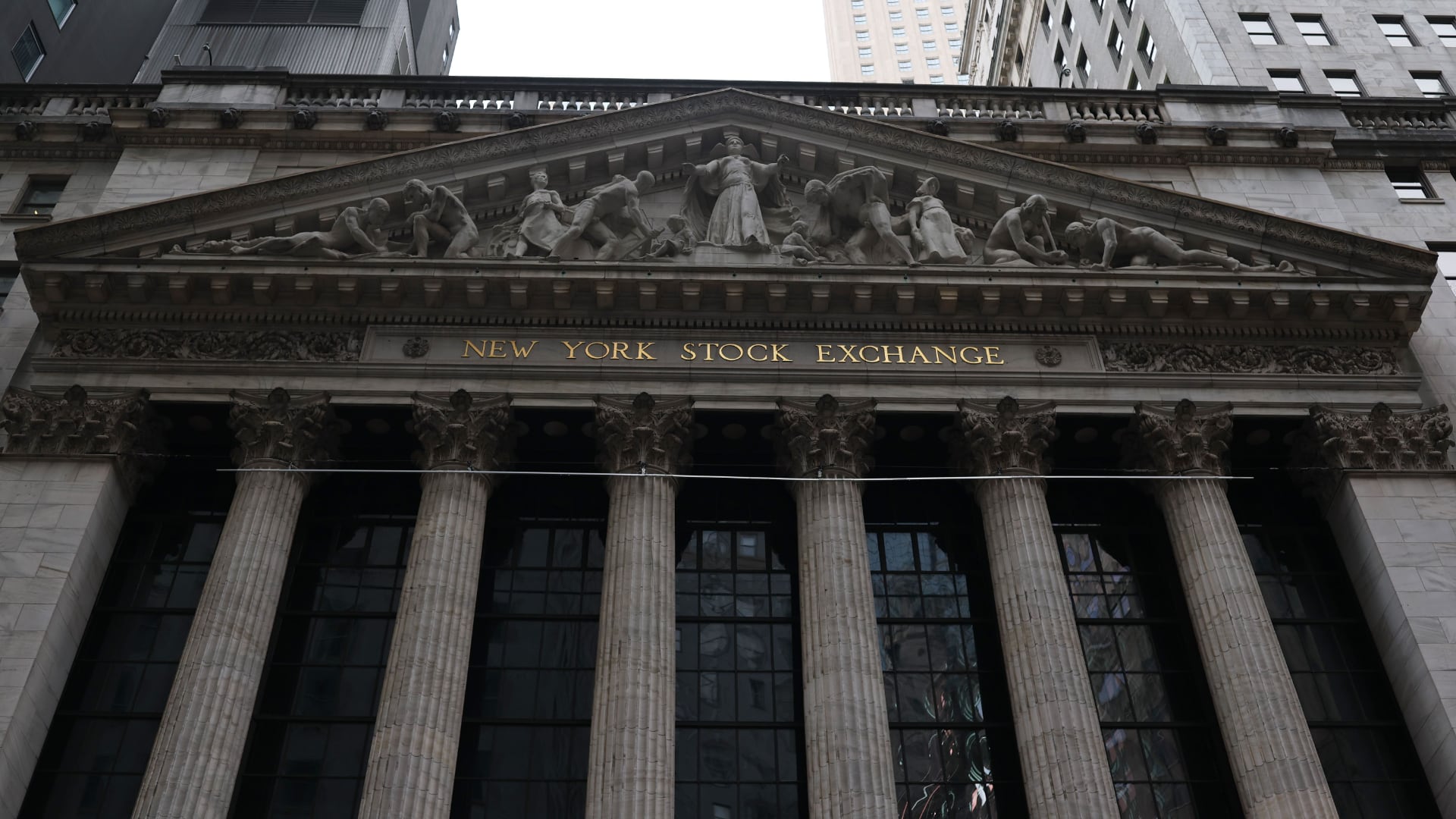Cratering oil prices are wiping out key engines of the U.S. oil and gas boom, sparking mass layoffs and a potential bailout from the Trump administration.
Swaths of shale producers, many heavily in debt and still recovering from the price crash of 2015, have posted double-digit drops in stock prices in the past 48 hours, with some companies already announcing rounds of layoffs.
With benchmark West Texas Intermediate (WTI) crude prices hovering in the low-$30s per barrel as of Tuesday afternoon, roughly half what oil was earning just a few days previously, industry expert and analysts project that new well production may drop by as much as 50 percent, vaporizing as much as $60 billion in investments and sparking job losses for tens of thousands of workers. Rig crews in certain regions may see their workforces slashed by 40 percent.
"There's going to be widespread distress if we stay at this oil price for any extended period of time," said Jeff Spittel, managing director in the Energy, Power, and Products practice at FTI Consulting. "It means that folks lose their jobs in environments like this."
Of the $100 billion drop in global spending expected to occur, as much as two-thirds — $65 billion — may be borne by the shale industry alone, the consulting firm Rystad Energy predicted Tuesday.
The oil and gas industry's main trade group, the American Petroleum Institute, said in a press call Tuesday that it was in talks with the White House but not seeking direct intervention from the government. However, the Trump administration is reportedly considering a bailout of the shale sector that could include low-interest government loans. Oil tycoon Harold Hamm, one of the president's energy advisors and founder of Continental Resources, which was hammered by the downturn Monday, has also apparently been in touch with the administration.
The selloff began this weekend after Russia refused to join OPEC's latest round of production cuts aimed at shoring-up sinking prices from the coronavirus. Saudi Arabia, OPEC's leading member, reacted by lashing out, announcing a price-cut and production increase in a move widely seen as an effort to grab market share and punish Russian oil producers. The collateral damage, though, has included U.S. shale producers, which rely on hydraulic fracturing, horizontal drilling technologies, and techniques that are more expensive than conventional drilling — therefore requiring a higher oil price to break even.
"A number of producers were already struggling at around $55 a barrel on a WTI basis. So clearly this is going to make their lives harder at a $30 WTI level," said Steven Kopits, managing director of Princeton Energy Advisors. "With prices now approaching half of what they've been in recent times, clearly the shale sector will not be viable at that price level."
Even before this weekend, global markets were seen as oversupplied with oil, a result of abundant U.S. production and exports, anemic demand from quarantines, travel restrictions, and other impacts of the worldwide response to the coronavirus, also known as COVID-19. The surprise Saudi discount, though, effectively blindsided the industry and threw markets into turmoil, in turn unleashing of the biggest losses in oil markets since the start of the Gulf War in 1991, and fears of an imminent recession.
Some of the shale industry's most prominent players — such as Continental Resources, Occidental Petroleum, Pioneer Natural Resources, Diamondback Energy, Chesapeake Energy, and Whiting Petroleum — saw their stock prices shed anywhere from a third to 50 percent of their value in 24 hours. Occidental, which has faced criticism from some investors, including activist investor Carl Icahn, for its outsized purchase of Anadarko Petroleum last year, saw its stock price plummet by 50 percent. Continental Resources lost more than half of its market value.
"The E&Ps will turn every stone and cancel every single non-revenue-generating activity. In the U.S. shale industry as many as 5,800 horizontal wells could be cut in 2020, which would more than halve the number of wells from the 10,900 planned for 2020," said Audun Martinsen, head of oilfield service research at the consulting firm Rystad Energy.
There were limited signs of a slight recovery Tuesday, especially among more deep-pocketed firms such as Exxon Mobil and Chevron, which suffered comparatively modest drops of about 12 percent in their stock prices. Oilfield services companies such as Halliburton and Baker Hughes, though, may bear the brunt of the impacts, compared to exploration and production companies.
"Service providers are in a very tenuous position: You have no revenue and no cashflow if you're not working for the E&P," Spittel said. "They're relying on activity from E&Ps to generate revenue."
Experts are split on the duration of the discount: Kopits, of Princeton Energy Advisors, for example, expects that the Saudi leaders and the crown prince, with their government so heavily dependent on oil revenues for funding, will backtrack in relatively short order. Others, such as at the consulting firm Rystad Energy, don't think the Saudis and Russians will begin discussing a potential deal to cut production until the next scheduled OPEC meeting in June.
"If they don't, which may be likely, then we will see this price environment throughout 2020," said Audun Martinsen, head of oilfield service research at Rystad Energy. "Hopefully this crisis will lead to greater consolidation in the markets, that companies will have fresher balance sheets, and the whole supply chain will look stronger. Everyone is watching what will happen in June."
The Trump administration took at least one step Tuesday, suspending the planned sale of crude oil from the nation's Strategic Petroleum Reserve. The White House's potential bailout for the shale sector reportedly includes offering a line of credit for shale companies, many are already debt-strapped. The move is sure to provoke an outcry from some Democrats, clean-energy groups and environmental advocates, who have long opposed government subsidies of fossil fuel companies.
The American Petroleum Institute, for now, says it has no plans to ask for more direct intervention.
"Everyone acknowledges that this is a very difficult time in the industry, but they're not asking for anything from the government," API CEO Mike Sommers said in a call with reporters Monday evening. "They understand that these markets change over time, they've been through these kinds of cycles before. Most of them are prepared for this kind of cycle because they've been through it over time."













